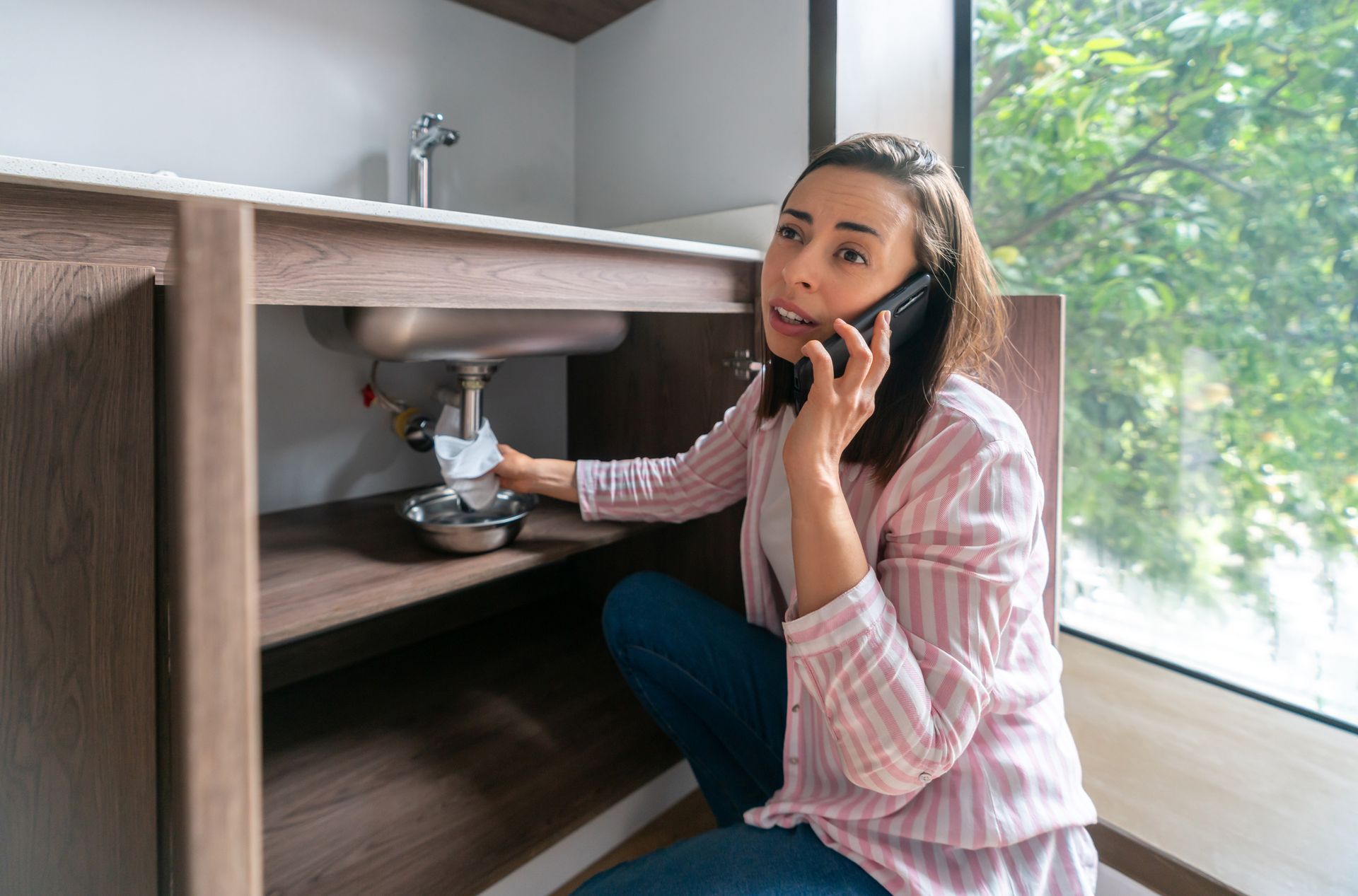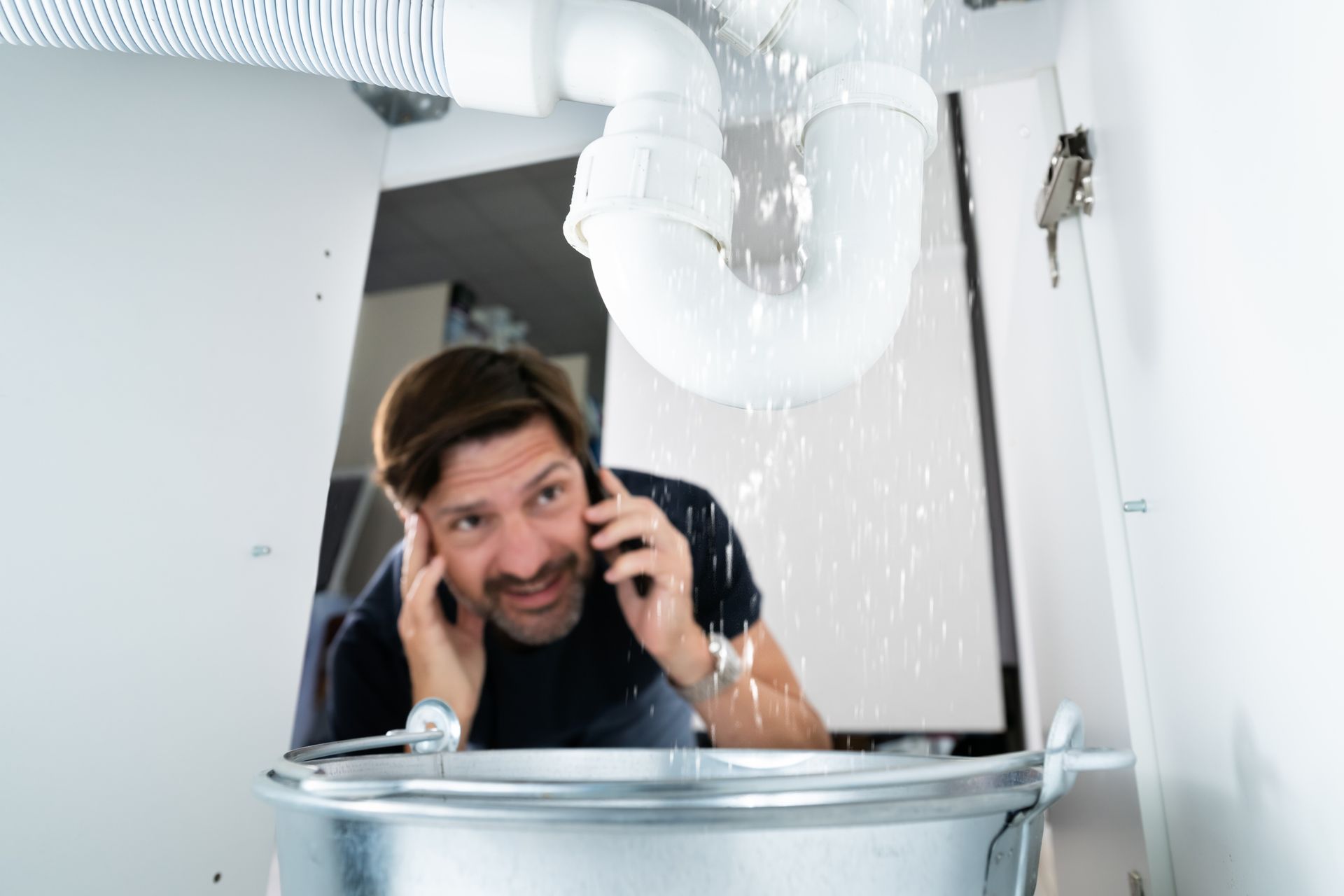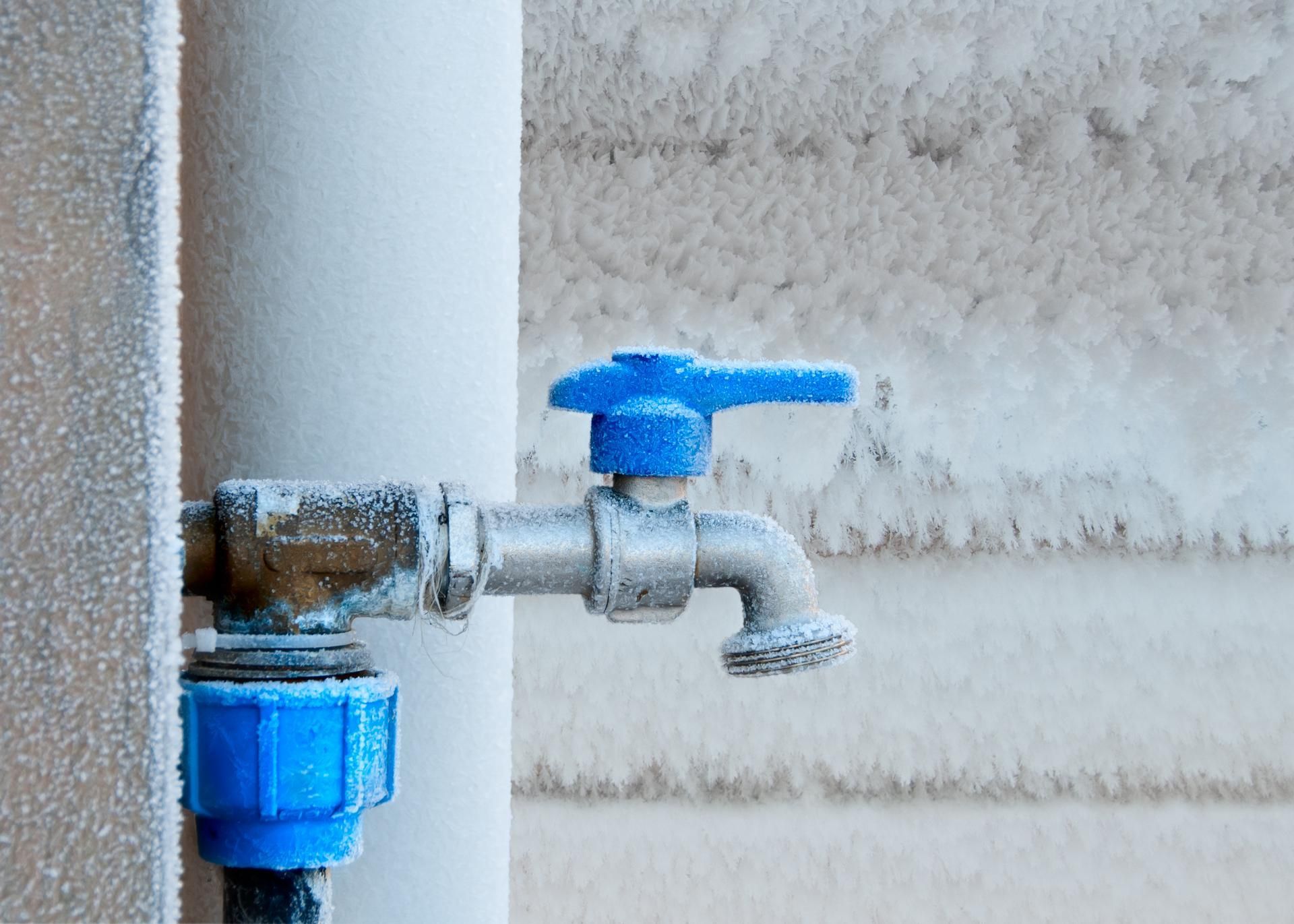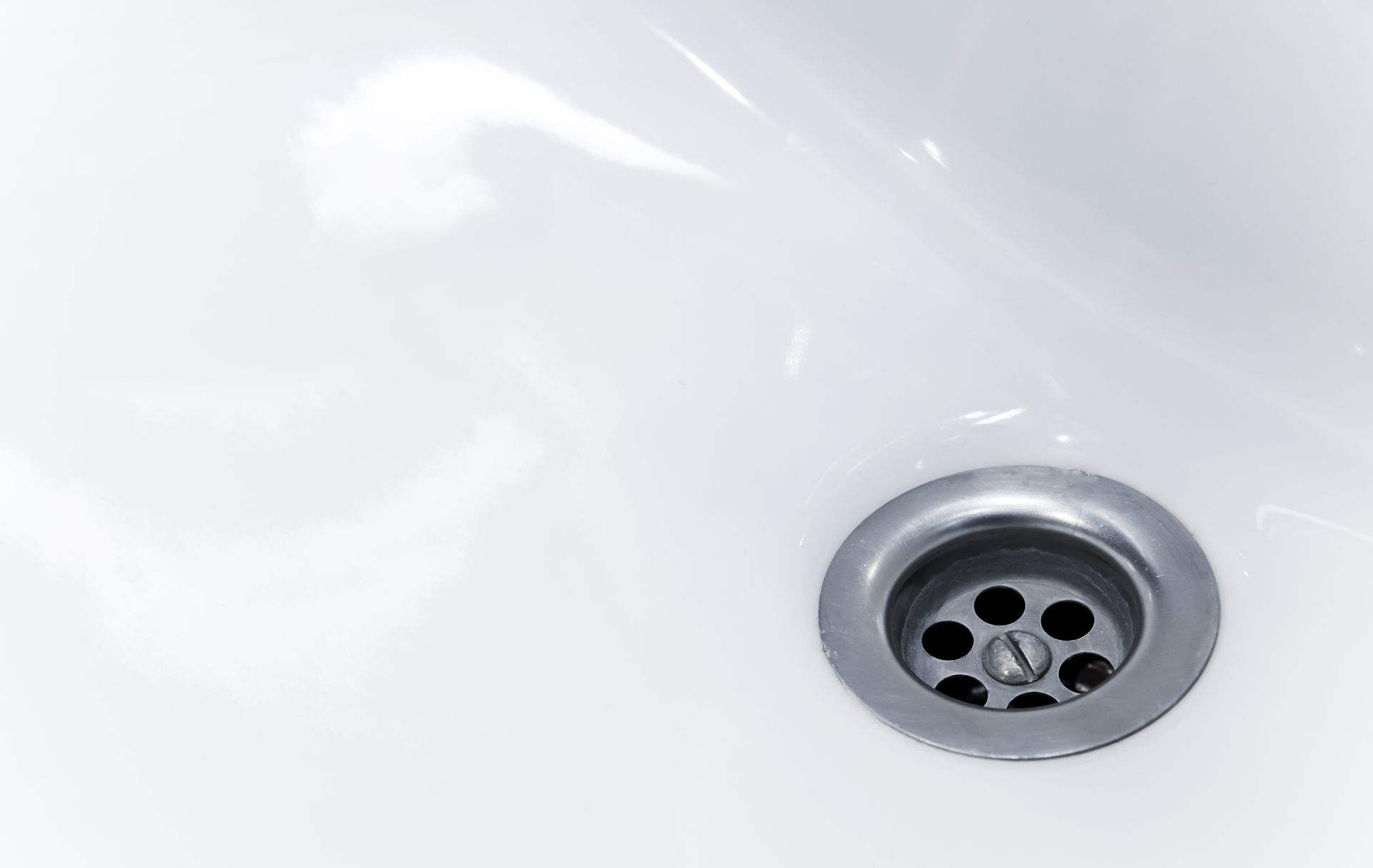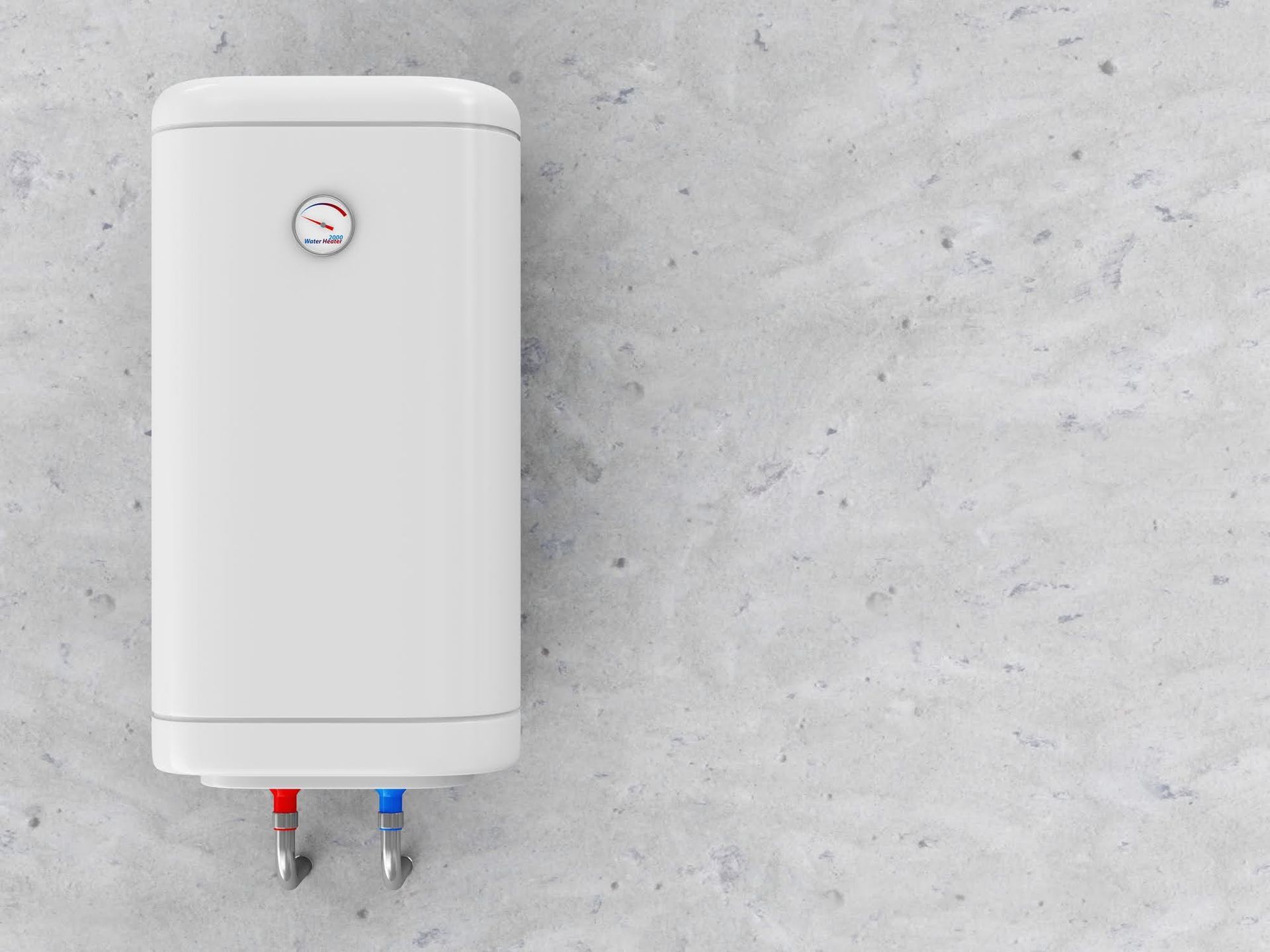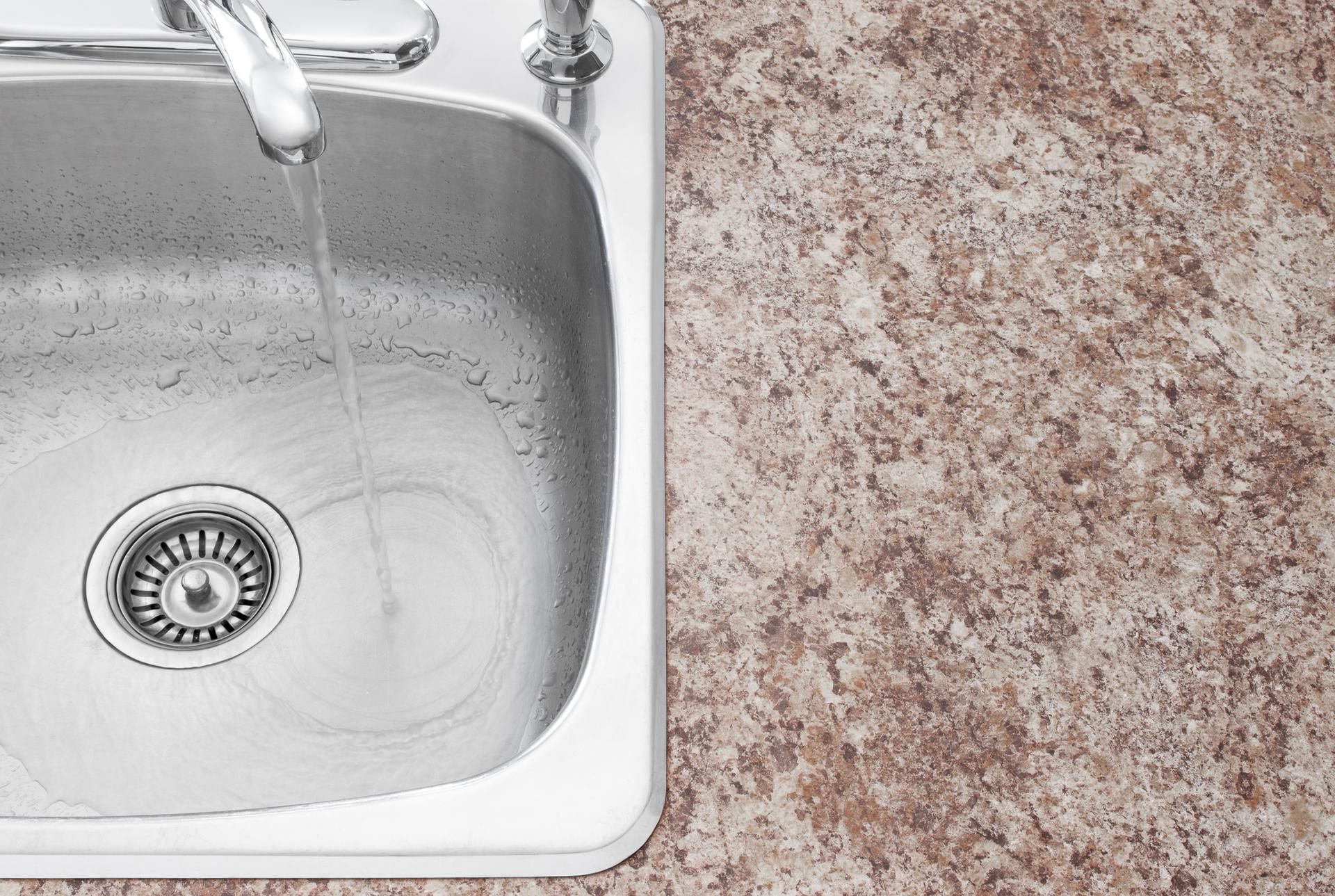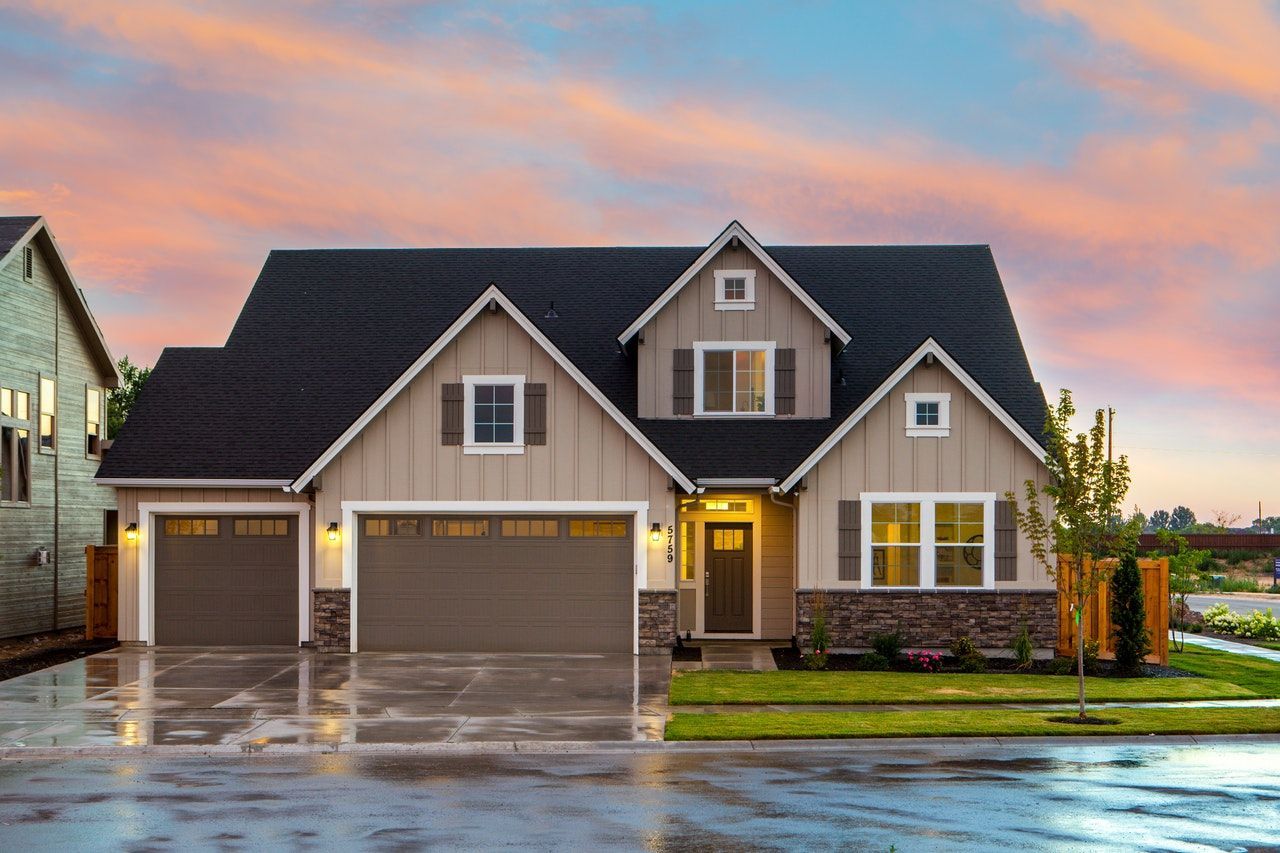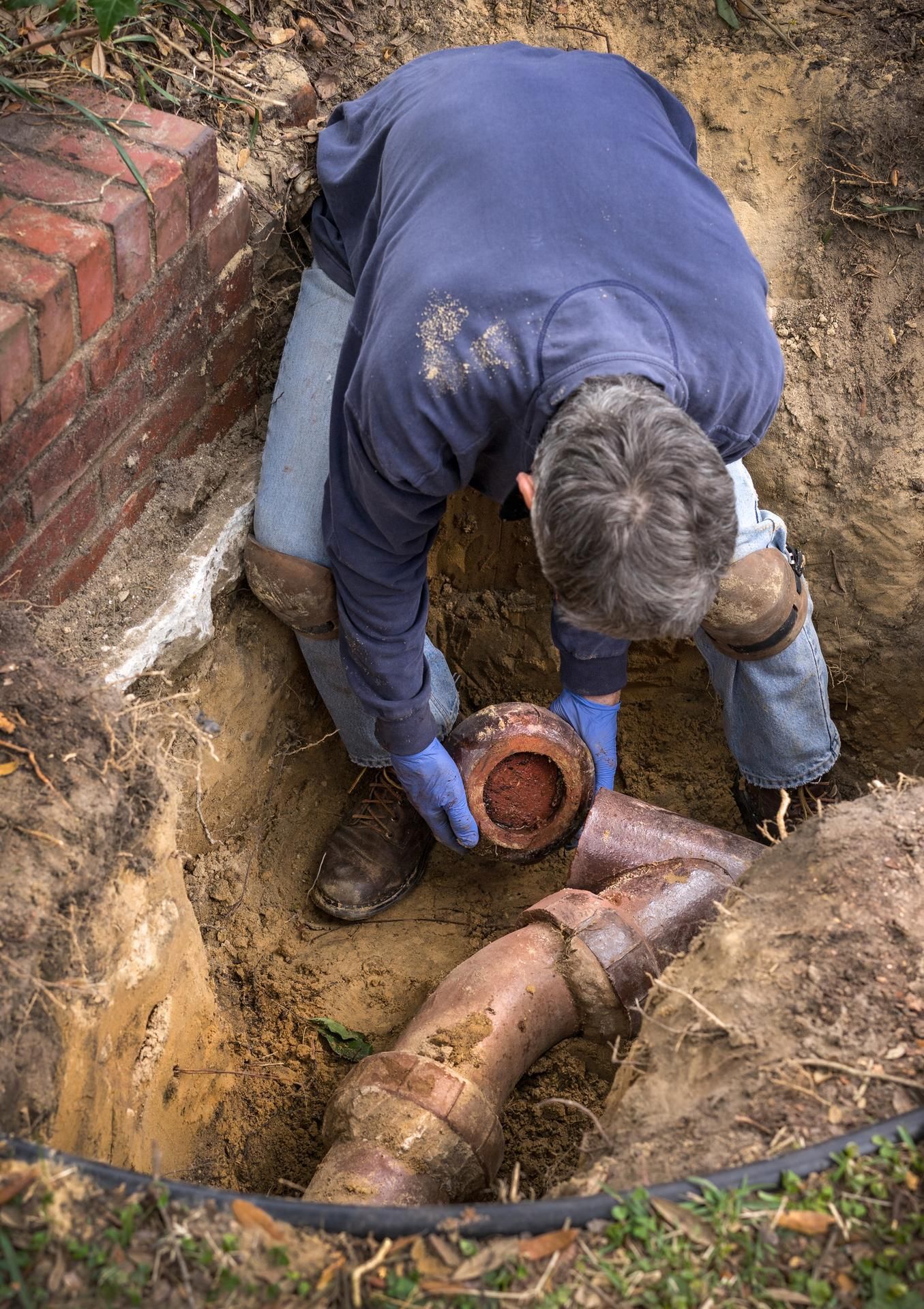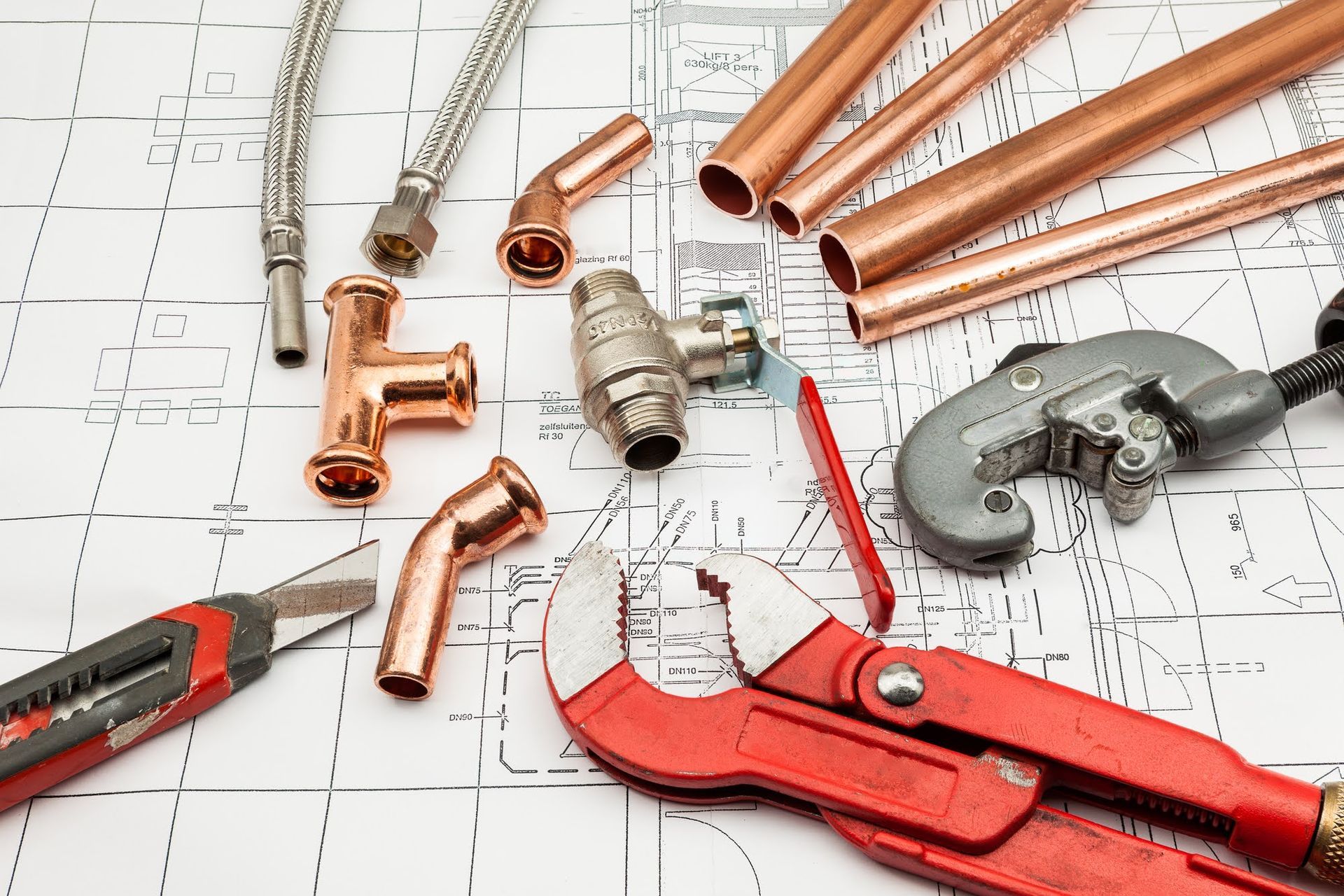Navigating Gas Line Installation: A Guide for Homeowners
When it comes to home improvements, some tasks are best left to professionals, and gas line installation is certainly one of them. This process is crucial for anyone looking to upgrade their home’s heating system. Understanding the steps involved and what's required can help you prepare for a smooth installation. This guide will walk you through everything you need to know about navigating the gas line installation process.
Understanding the Basics of Gas Line Installation
Gas line installation is a complex task that requires specialized knowledge and skills. Plumbers who offer gas line installation services ensure your gas lines are installed safely and meet all regulatory standards. This is not a DIY project, as incorrect installation can lead to hazardous leaks and increased risks of fire.
Identifying Your Needs
Before contacting a professional, identify the exact needs of your home. Consider how big the system will need to be and how many connections you'll need in your home. Having this information ready will help the plumber provide an accurate quote and timeline for the project.
Selecting the Right Professional
Choosing the right professional is crucial to a successful gas line installation. Look for licensed plumbers who specialize in gas line installation services. Check their credentials and read reviews from previous clients. An experienced plumber will ensure compliance with local building codes and regulations, reducing the risk of future issues.
The Initial Assessment and Planning
Once you’ve selected a professional, an initial assessment of your property will take place. The plumber will evaluate the existing gas lines, if any, and determine the best route for new lines. This stage includes planning the layout, considering factors like distance, accessibility, and safety. A thorough assessment helps prevent complications during installation.
Preparing Your Home
Preparation is key to a successful installation. Clear the area where the gas lines will be installed, and ensure there is sufficient ventilation to prevent any gas accumulation in case of leaks. Your plumber will provide guidance on specific preparations you may need to make, such as moving furniture or ensuring easy access to certain areas of your home.
Installation Day
On the day of installation, expect the plumber to arrive with the necessary tools and materials. The process typically begins with shutting off the main gas supply to ensure safety. The plumber will then lay the pipes according to the planned layout and connect them to the main supply and other connection points throughout your home. This step requires precision to ensure there are no leaks or faulty connections.
Testing and Inspection
After installation, thorough testing is crucial. The plumber will check the entire system for leaks and ensure all connections are secure. This may involve pressure testing and using gas detectors. An inspection by a certified professional is often required to confirm that the installation complies with local safety standards and regulations.
Finalizing the Process
Once testing is complete and inspections are passed, the plumber will finalize the installation. This includes sealing any openings and ensuring the work area is clean and safe. You'll receive documentation detailing the work done, which can be vital for future maintenance or if you sell your home.
Regular Maintenance and Safety Tips
Maintaining your gas lines is essential for safety. Schedule regular inspections to detect potential issues early. Be vigilant about unusual smells or sounds in your home, as these can be indicators of leaks. Having a carbon monoxide detector installed can provide an additional layer of safety.
Navigating the gas line installation process may seem daunting, but with the right preparation and professional help, it can be straightforward. Understanding the steps involved and selecting experienced plumbers for gas line installation can ensure a safe and efficient setup. Commit to regular maintenance and stay informed about the latest safety practices to ensure long-term safety and efficiency.
If you're ready to install a gas on your property, contact us at Plumb Doctor today to discuss your needs and schedule an assessment.



